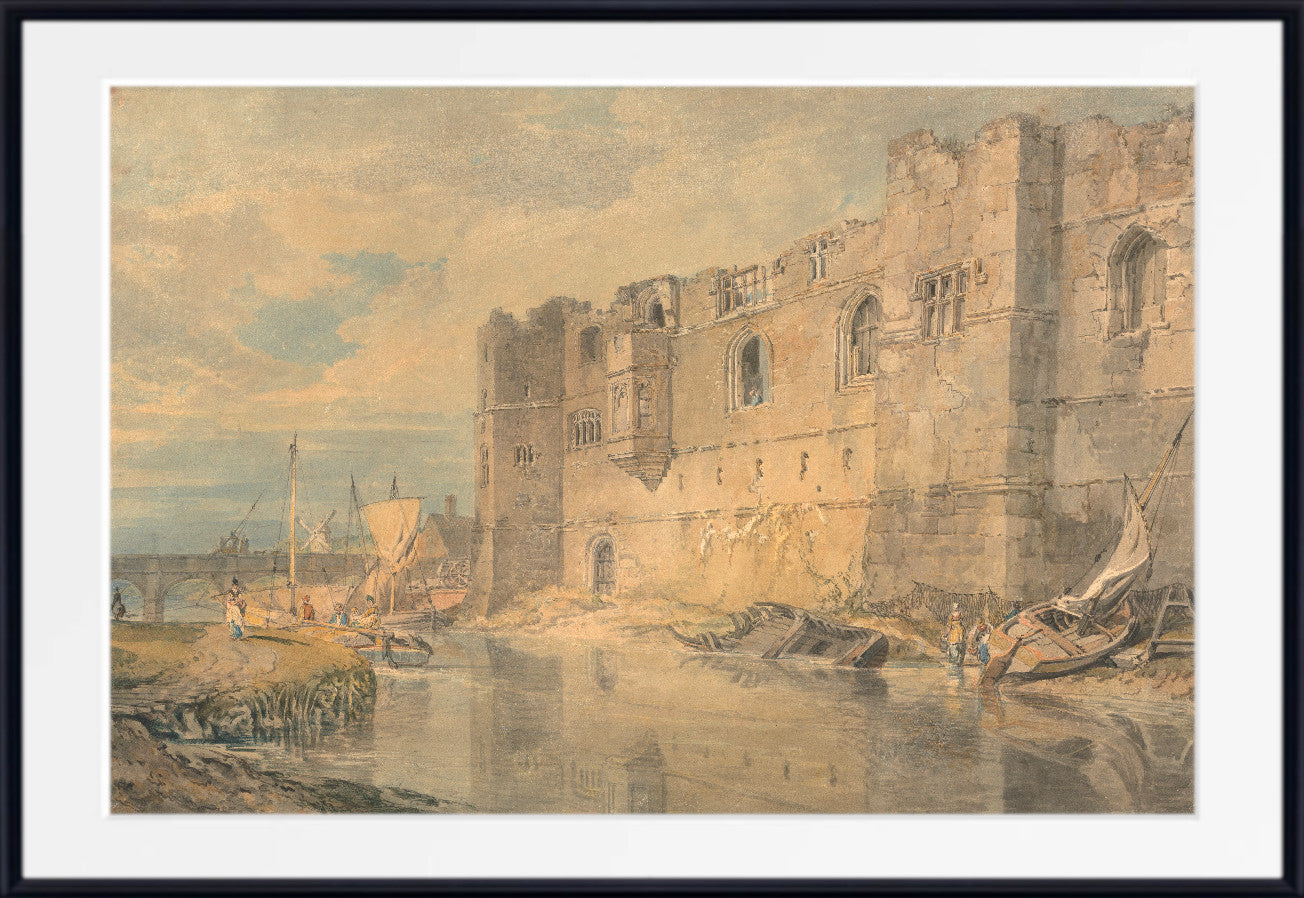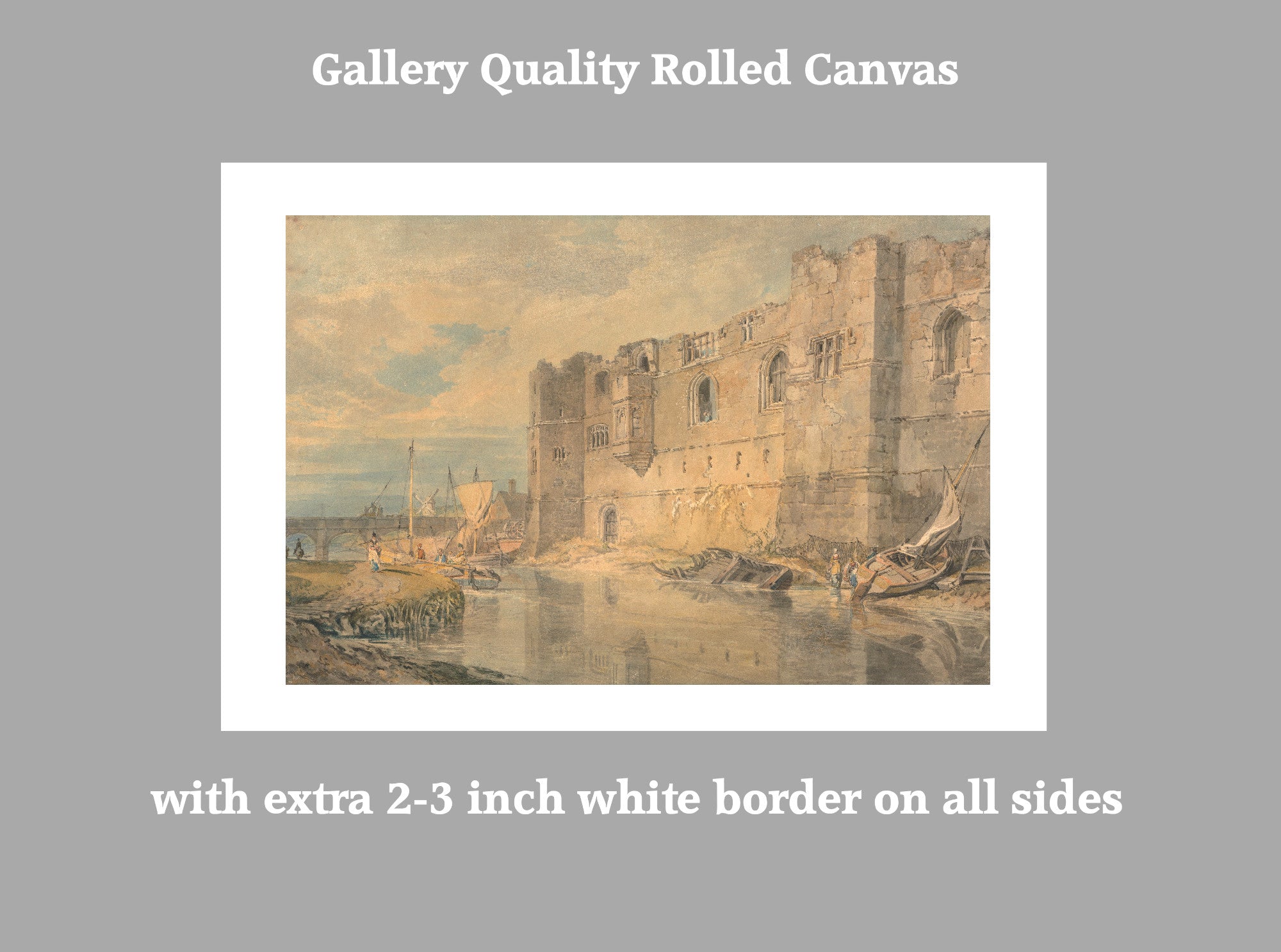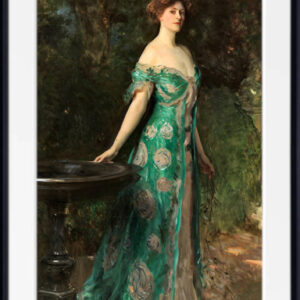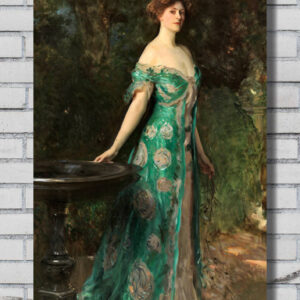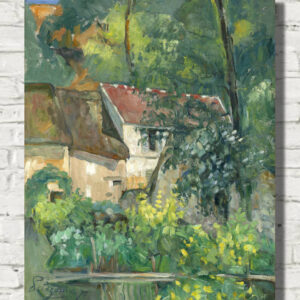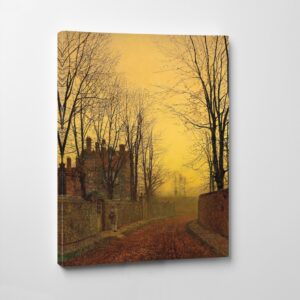Newark, upon Trent (1796) by William Turner
Newark, upon Trent (1796) by William Turner – Prints and Ready to Hang Canvas Panels
Timeless Elegance of Newark Castle
William Turner’s “Newark, upon Trent” (1796) captures the picturesque allure of Newark Castle, showcasing the artist’s mastery in blending architectural precision with natural splendor.
Architectural Grandeur Amidst Nature’s Embrace
Turner’s keen eye brings Newark Castle to life, its sturdy stone walls standing proudly against the backdrop of the serene River Trent. The play of light on the castle’s facade creates a mesmerizing dance, accentuating its architectural details and historical significance.
Turner’s intricate brushstrokes convey the tranquility of the surrounding landscape. Lush greenery, delicately swaying by the riverbank, adds a touch of natural grace to the scene, while the reflection of the castle in the water amplifies its grandeur.
Historical Significance Unveiled
“Newark, upon Trent” not only captures the castle’s physical beauty but also immerses viewers in its historical aura. The painting transports us to a time when this medieval fortress stood as a sentinel, witnessing centuries of events and stories unfold along the river’s edge.
Turner’s work pays homage to Newark Castle’s enduring legacy, inviting viewers to appreciate its architectural marvel and the seamless integration with the surrounding landscape.
Understanding William Turner’s Artistry
Joseph Mallord William Turner, a renowned English painter, left an indelible mark on the art world with his distinctive style and innovative techniques. His mastery of light, color, and atmosphere transformed landscapes into poetic expressions.
Innovative Techniques and Style
Turner’s innovative use of watercolors pushed the boundaries of traditional painting. He employed techniques like wet-on-wet and scraping to create luminous effects, giving his works an ethereal quality. His bold brushwork and vivid colors showcased nature’s dynamic beauty, capturing both its grandeur and subtleties.
Capturing Nature’s Essence
Turner had a unique ability to capture the essence of nature. His landscapes were not just literal representations but emotional experiences. Through skillful use of light and shadow, he infused his paintings with a sense of movement and life, making viewers feel the wind, hear the rustle of leaves, and sense the depth of the landscapes.
Symbolism and Narrative
Beyond the visual appeal, Turner’s paintings often carried symbolism and narratives. He conveyed powerful themes, such as the force of nature, the passage of time, and the human connection to the environment. His choice of subjects and compositions reflected his deep understanding of history, literature, and mythology, adding layers of meaning to his artworks.
Legacy and Influence
Turner’s innovative techniques and artistic vision had a profound influence on future generations of artists. His ability to convey emotion through landscapes paved the way for Impressionism and abstraction. Today, art enthusiasts and scholars continue to study Turner’s works, marveling at the timeless beauty and innovation that define his artistic legacy.
All prints are made using archival art stocks and UV pigment inks to give up to 200 years life. Prints are sold unframed and unmounted.

